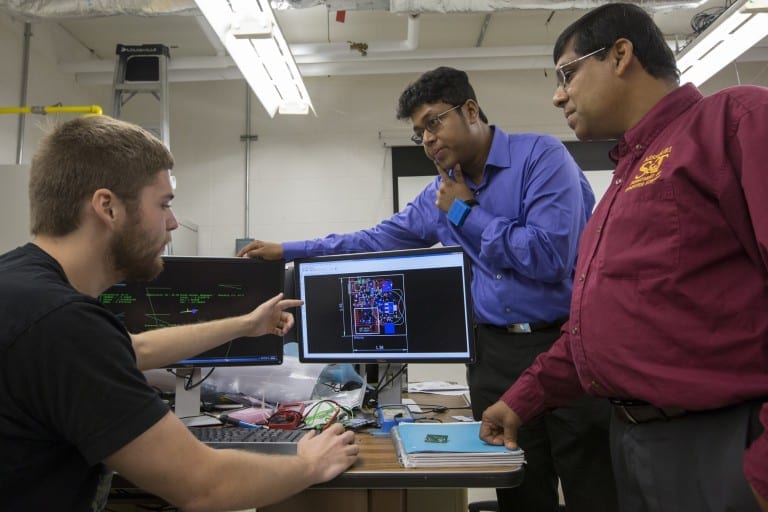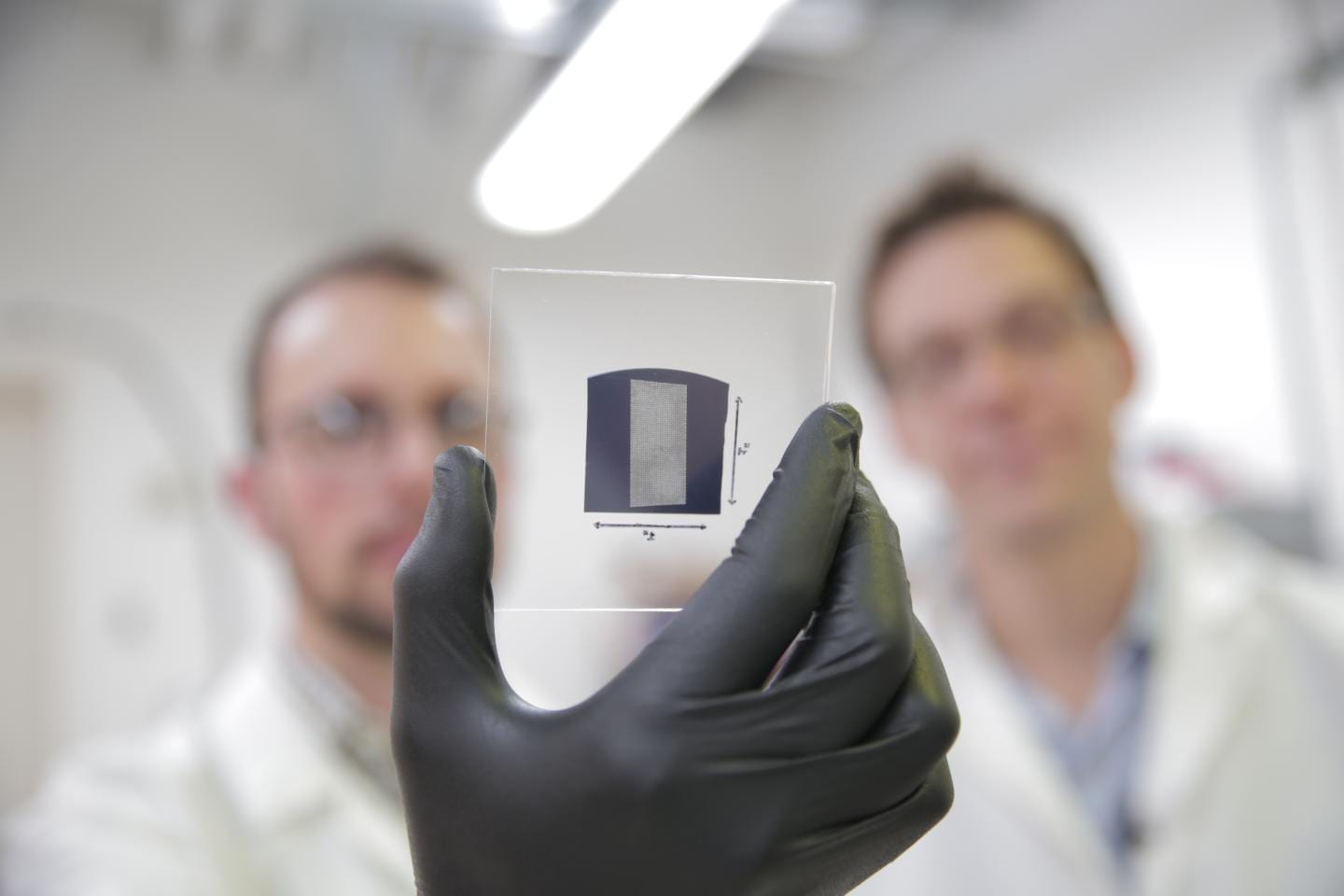
It’s like a Fitbit on steroids.
Researchers at Missouri University of Science and Technology have developed a multi-modal sensing device that can track the fine-grained activities and behavior of people with dementia — and it could help in Army combat training, too.
Dr. Debraj De, a postdoctoral fellow at Missouri S&T, and Dr. Sajal K. Das, the Daniel St. Clair Endowed Chair and department chair of computer science at Missouri S&T, created a wearable device for the wrist that can track a person’s movements, ambient environment, bio-signals and much more. In collaboration with Dr. Mignon Makos, a neurologist at Phelps County Regional Medical Center (PCRMC), the device is going to be tested for patient rehabilitation and routine evaluation.
“The smart chair and the wearable device are new, noninvasive strategies for earlier diagnosis and represent a partnership among scientists and physicians,” Makos says.
And, Das says, it might someday gain approval as a tracker during combat training at Fort Leonard Wood, Missouri.
Looking like an oversized watch, the sensing device has four basic functions. Like a fitness tracker, it records fine-grained movement. It also measures the wearer’s direct physical environment for temperature, humidity and barometric air pressure. It also will track health status through heart rate, respiration rate and galvanic skin response (a person’s skin reacts to stimuli through the sympathetic nervous system, producing a weak electrical current that indicates the wearer’s emotional state, such as being startled or agitated, De says). Finally, the sensing device has a functions like GPS and communication with Bluetooth beacons in proximity for various location contexts.
Learn more: Wearable tracker could help patients, soldiers
The Latest on: Wearable tracker
[google_news title=”” keyword=”Wearable tracker” num_posts=”10″ blurb_length=”0″ show_thumb=”left”]
via Google News
The Latest on: Wearable tracker
- Feed has no items.
via Bing News










